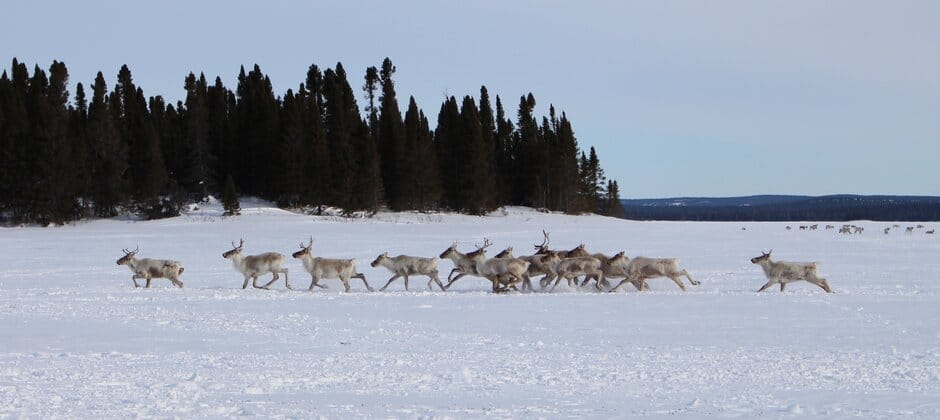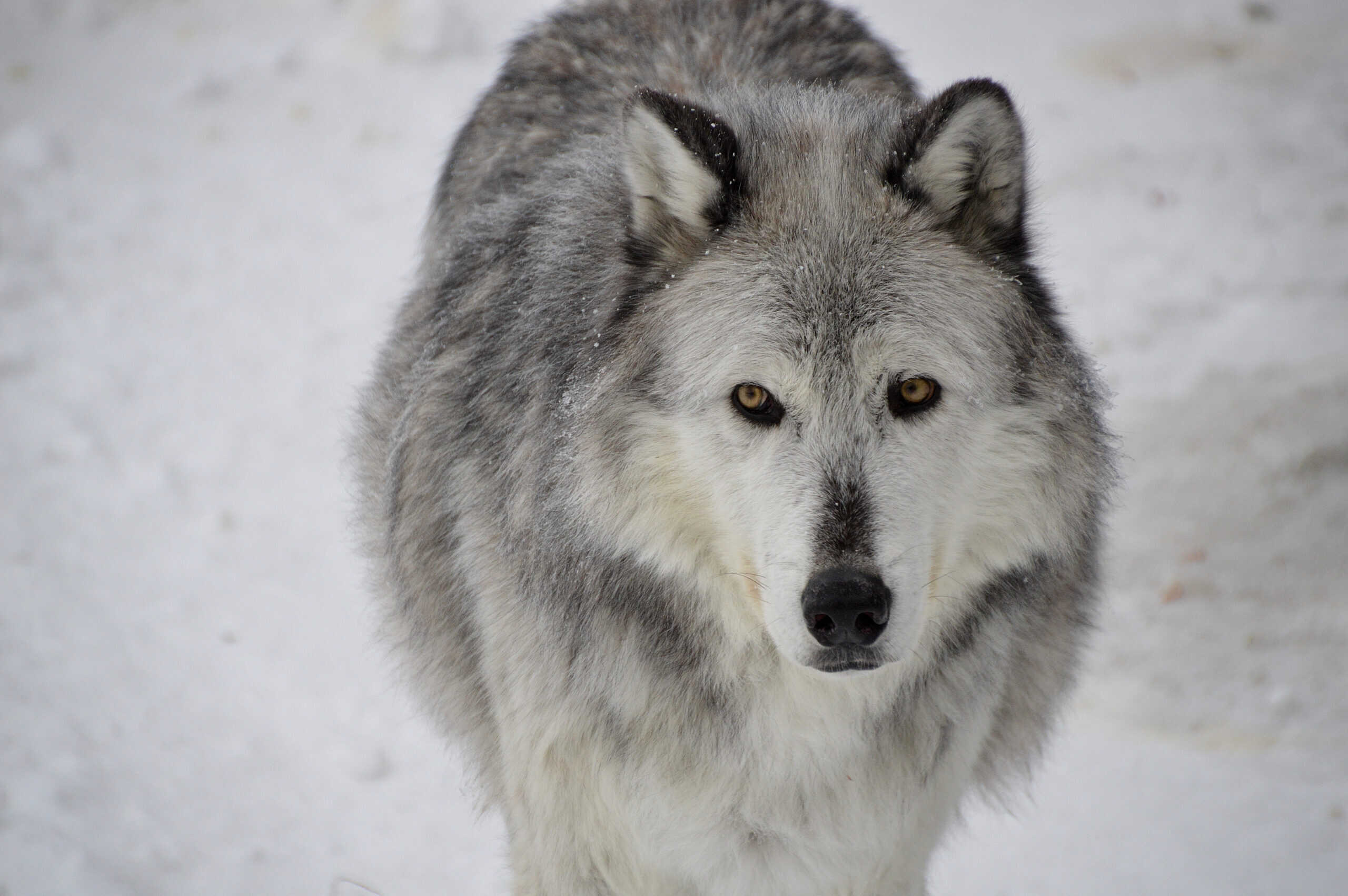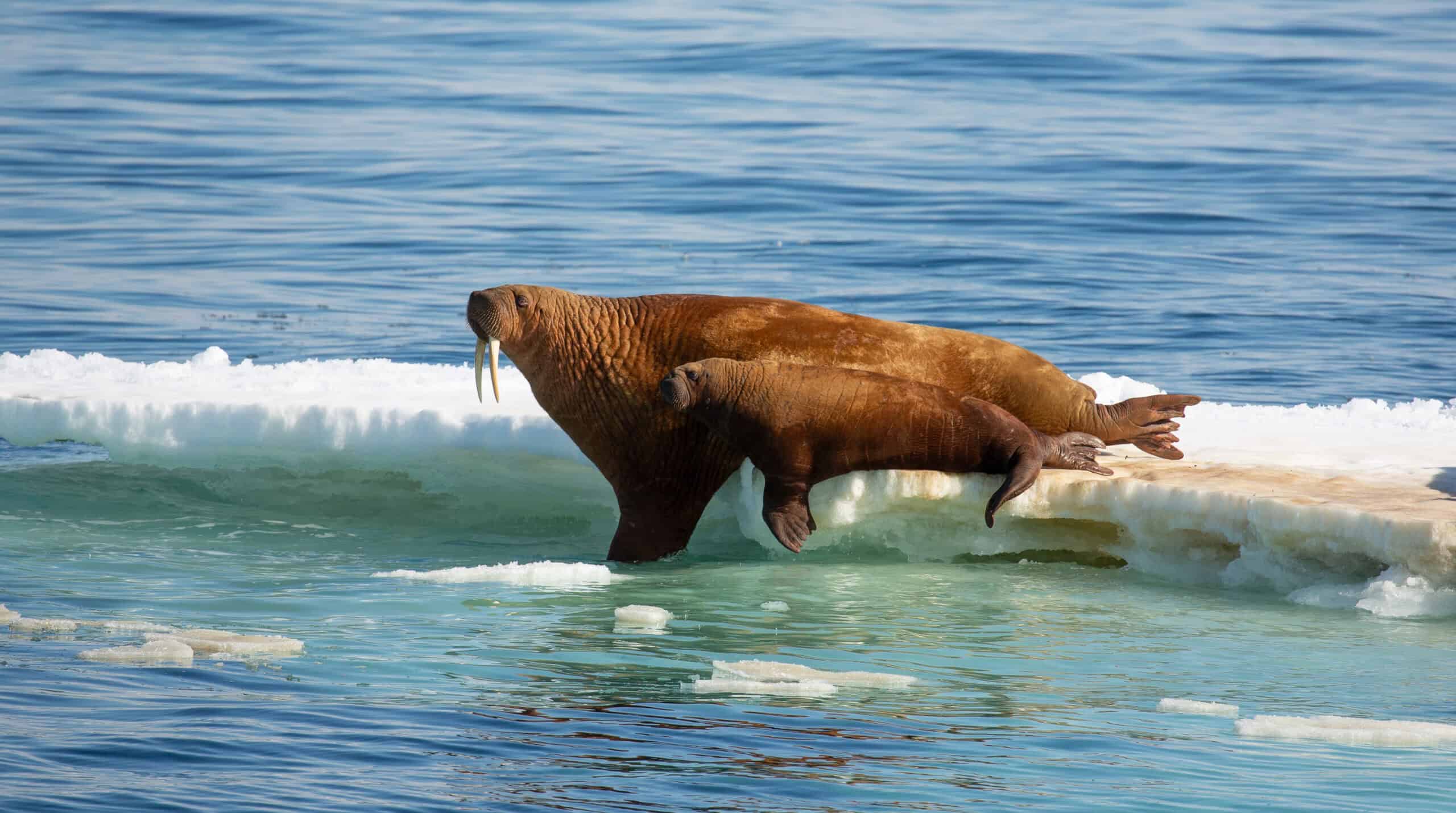Share this article
Wild Cam: Camera collars reveal caribou survival rates in Quebec
Camera collars on adult female caribou have revealed that calf survival is low in the first few months of their lives in northern Quebec.
“We know that they are more at risk before weaning,” said Barbara Vuillaume, a PhD student in biology at the University of Laval in Quebec.
Females of the Rivière-aux-Feuilles herd of migratory caribou (Rangifer tarandus) in Nunavik typically give birth around June. The herd is in serious decline, and researchers are hampered in their ability to find out why. That’s because the Quebec government has a law limiting disturbance of the ungulates during the vulnerable calving period—an agreement formed with northern indigenous communities in the area, who also keep away from birthing grounds. Even helicopters surveys are highly restricted.
“The best thing is to let females calve quietly,” Vuillaume said.
Enlarge
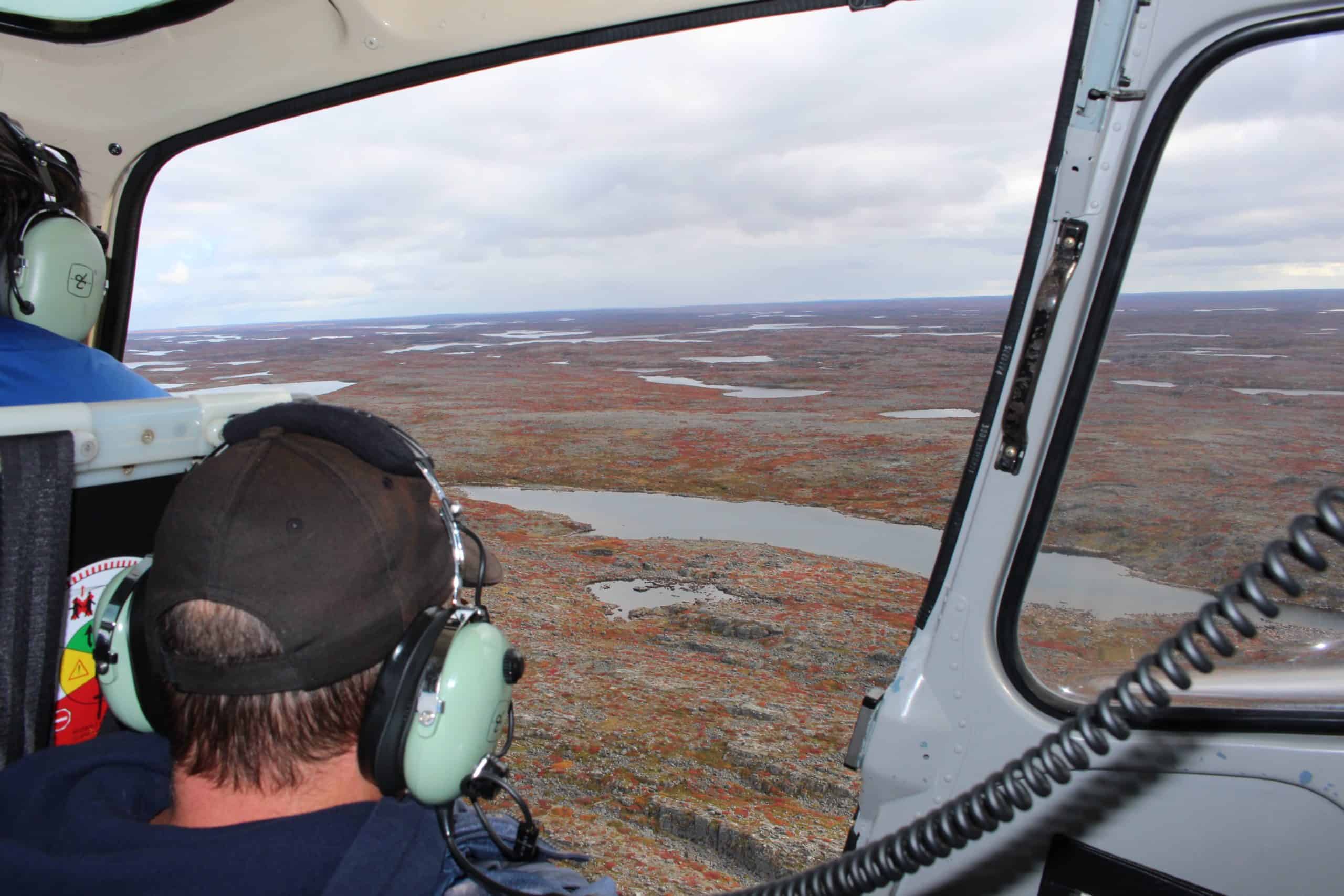
Credit: Barbara Vuillaume
Vuillaume and her colleagues at the research program Caribou Ungava at the university had to be creative to follow these laws and still get an intimate glimpse of survival during this period using camera collars.
She and the co-authors of a study published recently in Wildlife Society Bulletin arrived about eight weeks before calving, when female caribou are less prone to aborting their calves due to disturbance.
They flew helicopters into Nunavik in March and April starting in 2016. Specialized technicians immobilized females using a net gun from the air in such a way as to limit injury. Once the animals were netted, Vuillaume and her colleagues got out of the helicopter.
“It’s really amazing to fly above the caribou,” Vuillaume said. “They are really incredible animals.”
Enlarge

Credit: Barbara Vuillaume
The team quickly put hoods on the caribou to relieve stress, took measurements and fitted them with special high definition camera collars. They completed their work in roughly 15 minutes on average so the individuals would be able to reconnect with the rest of the herd, which was waiting for the tranquilized animals.
The researchers programmed the collars to begin recording June 1, when they would shoot 10 second videos every 20 minutes from 5 a.m. to 8 p.m. They also programmed the devices to fall off the caribou on Sept. 1, when Vuillaume and her colleagues would fly back in and track them down using GPS signals.
“Trying to find where the collars are is kind of an adventure,” she said, adding that this study is the first to use camera collars to track caribou calf survival.
They ended up collaring 60 pregnant females over this period. Of the cameras that worked, the researchers found that only 67% of calves survived from birth to Sept. 1—quite a high mortality rate, Vuillaume said.
More calves died in June than in July and August.
Environmental conditions played a role in survival. In 2017, spring started a little earlier, resulting in better survival during the first two weeks of that year compared to the first two weeks of the other two years as mothers had better access to high quality forage.
The cameras didn’t reveal everything the caribou were doing, but researchers still witnessed some intimate moments such as the first time mothers looked at their newborn calves.
“When the female is giving birth, she is turning to see what happened so you can see a lot,” Vuillaume said, adding that they even had footage of the females licking their babies, like in the video above, and eating the placenta afterward—an important source of protein and minerals.
They couldn’t always see how the individual calves met their end, but they could see two were stillborn. Another died close to its mother, though it’s not clear what caused its death. The mother stayed around for a while—Vuillaume said the video collars revealed scavengers around the carcasses after a time.
“We were able to follow the calves through the end and could identify each individual even among others around it,” Vuillaume said.
Enlarge
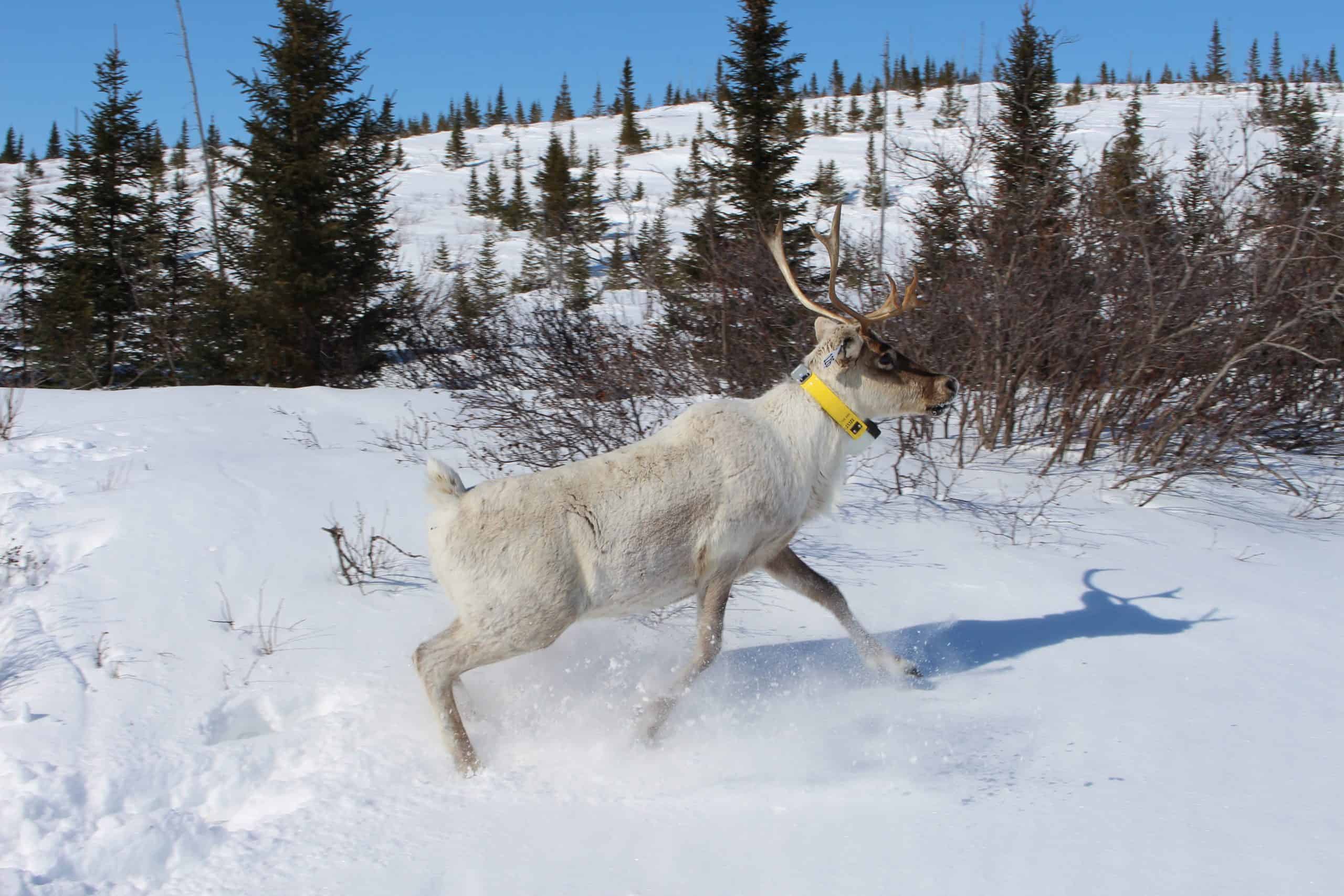
Credit: Barbara Vuillaume
In another case, the mother (not the one pictured above) died a month after giving birth. It’s unclear how, but the female was walking a little abnormally, possibly from an injury. The calf was too young to feed on grass at that time. “Even when the female died, you could see the calf lying next to its mother,” Vuillaume said, adding that they assume the calf died.
While they saw predators scavenging on carcasses they didn’t see any cases of predators taking down calves. Predation may have occurred in a couple of the calf deaths but it’s hard to tell from the videos, she said.
“We did see wolves circling around caribou. On the camera, you can see the female [caribou] trying to charge,” Vuillaume said. In another two cases, caribou were running away, perhaps from predators. In one of those cases, the calf disappeared after the chase. “We can suppose that the female just decided to run and save her own life, or that the calf was caught,” she said.
Finally, two mothers died in July and August—in the latter case, the calf might have been old enough to feed on grass and could have survived.
Enlarge
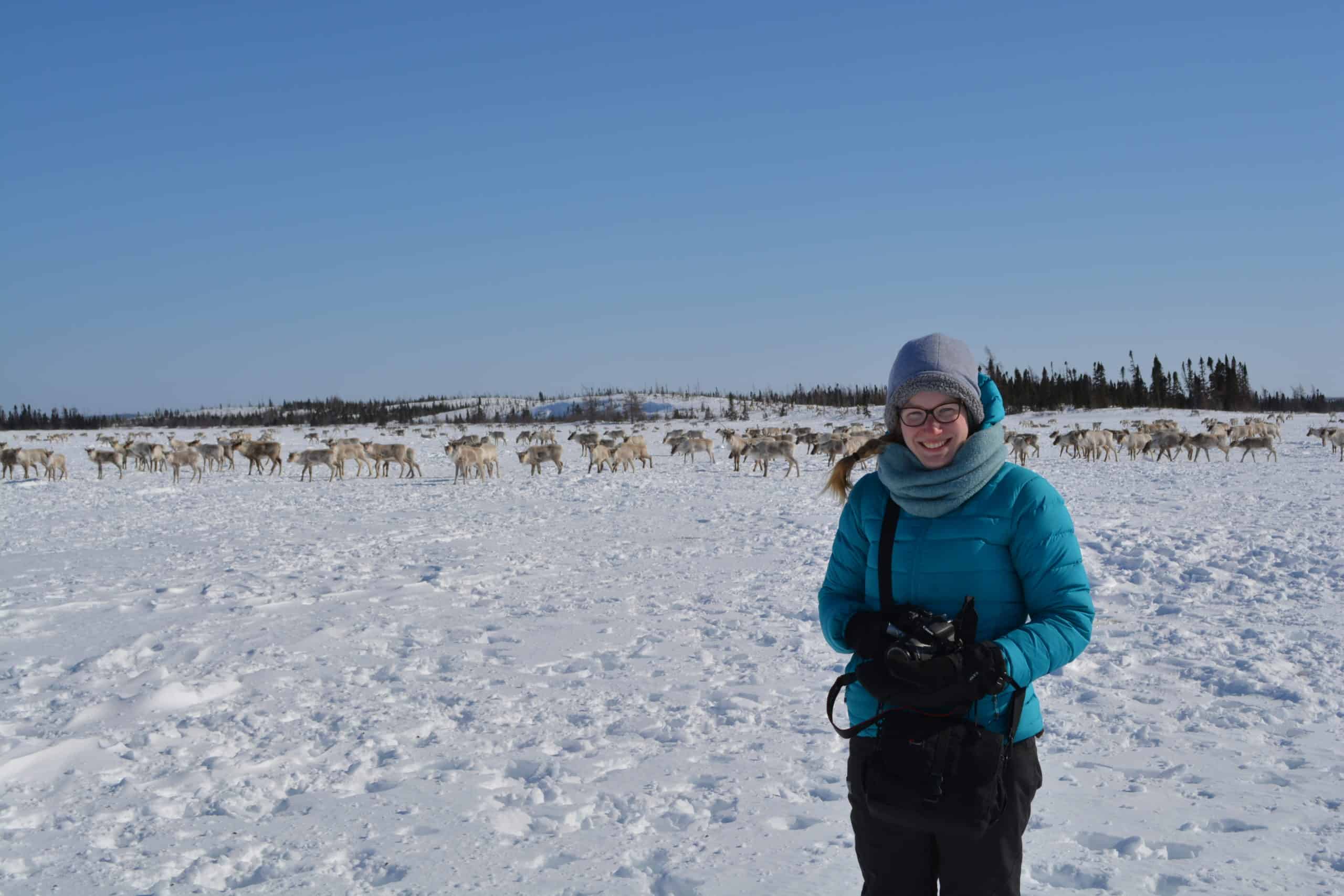
Credit: Barbara Vuillaume
The videos also revealed information about caribou behavior. New mothers would stay away from other females in the herd for three or four days after their calves were born. At that point, Vuillaume, pictured above, said that they had some footage of the mothers allowing other females to come close to their calves in what looks like a sort of introduction.
By the end of July, the caribou began regrouping into larger herds, including some males, to travel southward.
This photo essay is part of an occasional series from The Wildlife Society featuring photos and video images of wildlife taken with camera traps and other equipment. Check out other entries in the series here. If you’re working on an interesting camera trap research project or one that has a series of good photos you’d like to share, email Josh at jlearn@wildlife.org.
This article features research that was published in a TWS peer-reviewed journal. Individual online access to all TWS journal articles is a benefit of membership. Join TWS now to read the latest in wildlife research.
Header Image: Migratory caribou in Nunavik, Quebec. Credit-Barbara Vuillaume



